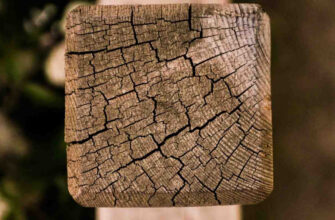How to make wood glue dry faster?
Wood glue is widely renowned for its effectiveness on wood surfaces, but the amount of time it takes for glue to dry can have a big impact on project deadlines.
It is important to speed up the drying of wood glue because it expedites the drying and finishing of woodworking products, allowing for a more timely and effective workflow.
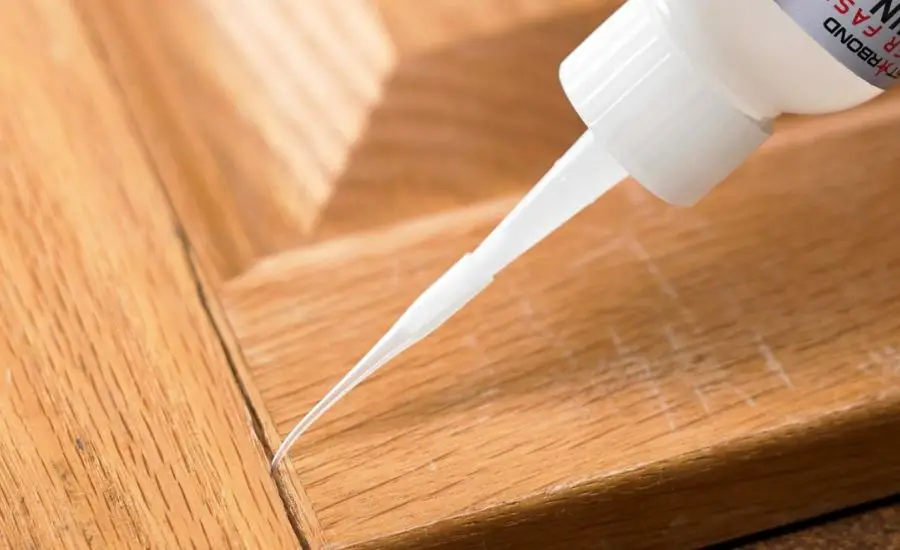
- Factors affecting wood glue drying time
- Ambient temperature and humidity
- Surface
- How to make wood glue dry faster: different methods
- Using accelerators or catalysts
- Considerations and application
- Using a heat gun or a hair dryer
- Considerations and precautions
- Increasing airflow and ventilation
- Methods to increase air circulation
- Considerations and best practices
- Using pressure or clamping techniques
- Types of clamping techniques
- Considerations and best practices
- Benefits of pressure and clamping
- Tips on how to make wood glue dry faster
- Choosing the right wood glue to speed up the drying
- Proper application to make dry wood glue faster
- How to make wood glue dry faster: surface preparation
- Considerations on how to make wood glue dry faster
- Conclusion
- FAQ
- Can you speed up wood glue drying time?
- How long does wood glue take to dry?
- Will heat cure wood glue faster?
- What can I add to glue to make it dry faster?
Factors affecting wood glue drying time
The time we have to wait for glue to dry can be influenced by various factors, covering everything from surface preparation techniques to climatic factors and the kind of glue used for gluing wood.
Understanding these factors is essential to manage how long it takes for wood glue to dry.
Ambient temperature and humidity
Humidity and temperature are two important factors in the drying of wood glue.
In general, the drying process proceeds more quickly in warmer temperatures and more slowly in colder ones.
Elevated relative humidity can cause drying times to increase because the evaporation of wood glue can be hampered by atmospheric moisture.
On the other hand, decreased relative humidity speeds up the evaporation and drying of wood glue.
Surface
A smooth surface is essential for the effective bonding and drying of wood glue.
To ensure optimal glue adherence and drying, surfaces must be clear of impurities such as dust, oil, or leftover adhesive.
Because surfaces can influence how quickly the glue is absorbed or evaporates, smoother surfaces or surfaces with more porosity may have differing effects on drying periods.
Strong, dependable connections between wood surfaces can be ensured and the drying process sped up by appropriately adjusting these variables.
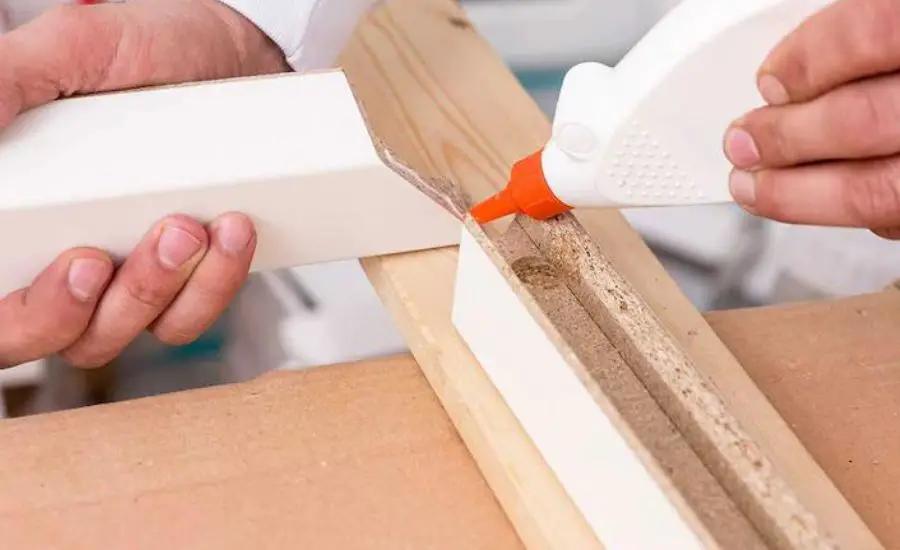
How to make wood glue dry faster: different methods
To expedite the drying time of wood glue and facilitate quicker bonding, various techniques and methods can be used, allowing for faster completion of woodworking projects.
Using accelerators or catalysts
Catalysts, also known as accelerators, are materials formulated to quicken the chemical reaction between the wood glue and its curing ingredients.
These additives cause the polymers in the wood glue to cross-link more quickly, which speeds up bonding and setting.
Types of accelerators:
- Powdered additives: accelerants in powder form are sometimes included with wood glues, which can be mixed with the adhesive just before application.
- Spray-on accelerators: they are put straight onto the glued joint following the application of the wood glue, which starts the curing process quickly.
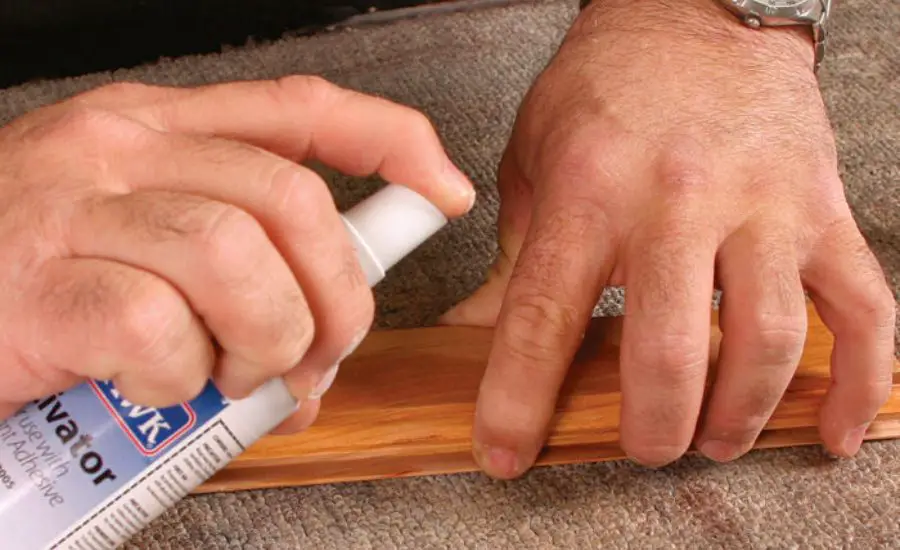
Considerations and application
By consulting the manufacturer’s guidelines, be sure the accelerator is suitable for the particular kind of wood glue you’re using.
Whether applying the accelerator alone or combining it with the wood glue, make sure you properly follow the directions.
As directed, apply the appropriate amount of wood glue.
Accelerators speed up the drying process, but using them too much could weaken the final bond.
For best outcomes, follow the suggested ratios.
Benefits of using accelerators:
- Reduced drying time: accelerators allow woodworking tasks to be completed more quickly by reducing the amount of time needed for the wood glue to set and cure.
- Adaptability: when the project needs or environmental conditions necessitate quicker curing times, they are especially helpful.
Limitations and caution: accelerator overuse may weaken the adhesive or jeopardize the stability of the bond.
Accelerators can still be affected by environmental variables like humidity and temperature.
Using a heat gun or a hair dryer
In woodworking, applying heat can be a useful technique to speed up the wood glue drying time, allowing for quicker project bonding and assembly.
A heat gun is a multipurpose device that shoots hot air and is frequently used to target specific locations with controlled heat.
To avoid overheating or burning the wood, keep your distance from the glued joint and set the heat gun to a moderate temperature.
Application techniques:
- Evenly and consistently guide the heat gun’s airflow across the thin layer of glue.
- To prevent scorching the wood or weakening the glue bond, move the heat gun about rather than focusing the heat in one area.
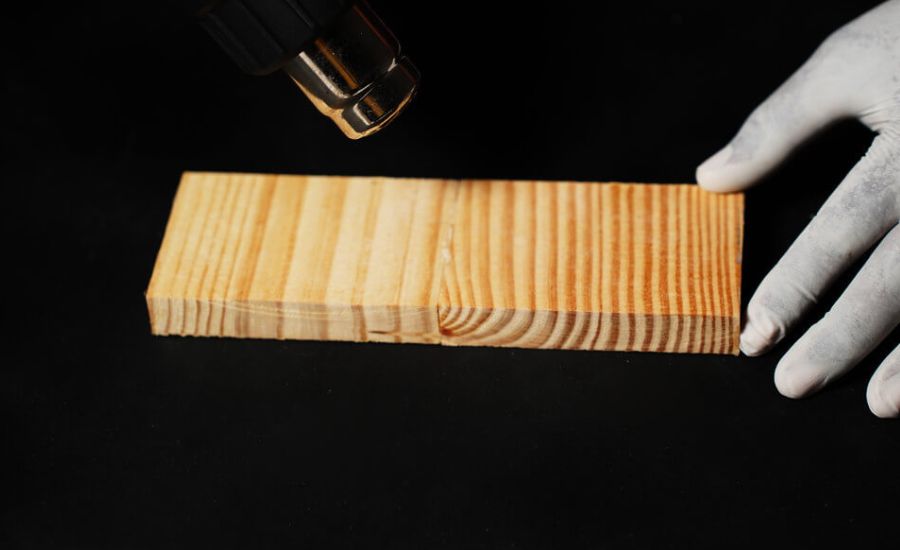
Considerations and precautions
It’s best to use a moderate amount of heat; too much heat could destroy the wood or the wood glue.
When using a heat gun, put on safety gear, preferably gloves and safety goggles, to avoid burns and eye damage.
To avoid uneven drying or possible damage, make sure the glued surface receives an even dispersion of heat.
Benefits of heat application:
- Faster evaporation: heat speeds up the drying process by accelerating the evaporation of moisture in the adhesive.
- Improved adhesion: it may improve the glue’s penetration of the wood fibers, resulting in more robust bonding.
Limitations and caveats: overheating could weaken the bond, and cause the wood to bend or scorch, thus care should be taken to avoid it.
Seek advice from the manufacturer or test a small area first, since certain wood glues may not react well to high temperatures.
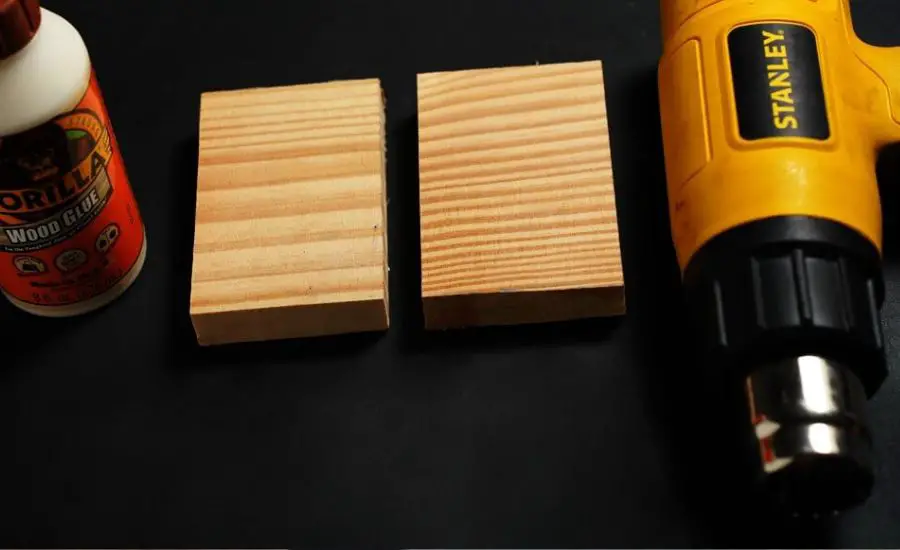
Increasing airflow and ventilation
Improving ventilation and airflow is a simple but practical way to shorten the drying period of wood glue, which encourages quicker bonding and guarantees that woodworking tasks are completed on time.
Methods to increase air circulation
Using fans: by carefully placing fans to blow air directly over the glued area, you may make the drying process quicker by encouraging the evaporation of moisture.
Natural ventilation: faster drying is facilitated by increased ventilation and decreased humidity in the workstation, which can be achieved by opening windows or using exhaust fans.
Considerations and best practices
Make sure there is a constant, disturbance-free airflow over the adhered surfaces.
Keep your workplace in top shape; too much dust or flying debris could damage the collaboration or project’s quality.
Benefits of enhanced ventilation:
- Quicker evaporation: increased airflow speeds up the drying process by removing moisture from the glue’s surface.
- Reduced humidity: ventilation promotes quicker drying and evaporation by lowering surrounding humidity levels.
Limitations and precautions: although increasing airflow is advantageous, it’s critical to reduce the amount of dust or other pollutants that could compromise the glue’s adherence.
Even with more ventilation, excessively high humidity may still prevent drying.
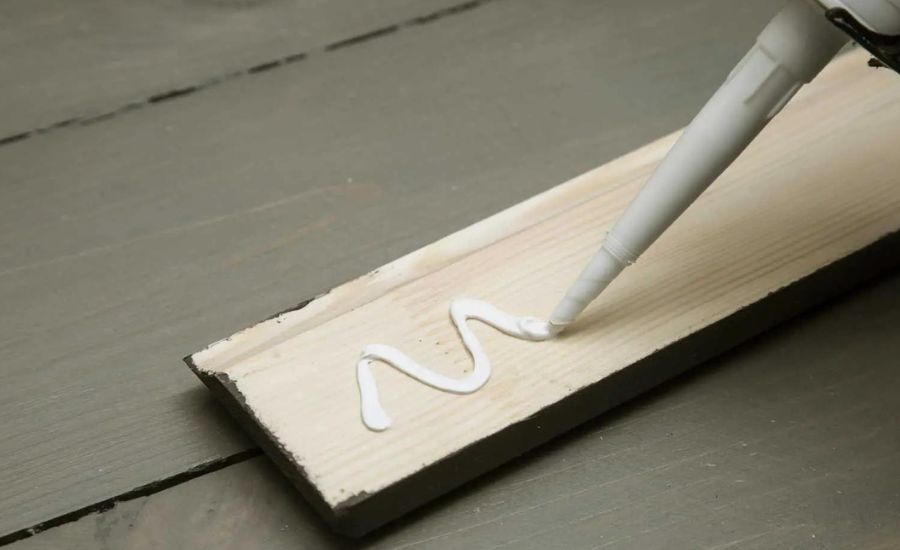
Using pressure or clamping techniques
In woodworking operations, applying pressure or clamping is essential to make wood glue dry faster.
When these methods are used correctly, they can improve the adhesive’s distribution, improve surface contact, and drastically shorten drying durations.
Types of clamping techniques
Traditional clamping: holding and pressing the glued surfaces together with clamps until the adhesive solidifies.
Pneumatic or mechanical pressure: applying specialized instruments or apparatus that evenly apply pressure over the bonded region to promote quicker and more even drying.
Considerations and best practices
To apply enough force without causing damage to the wood, select clamps that are appropriate for the size and shape of the project.
Pay attention to the clamping duration suggested by the manufacturer to achieve the best possible bonding without unduly extending the drying period.
Benefits of pressure and clamping
- Enhanced bonding: maximum surface contact is ensured by exerting pressure, which strengthens the adherence between the wood pieces.
- Reduced drying time: squeezing excess glue out of the material allows for faster evaporation, which speeds up the drying process.
Limitations and precautions: overclamping might affect the overall strength by causing starved joints or weakening bonding from insufficient adhesive.
Remove clamps carefully so as not to damage the connection before it is completely set.
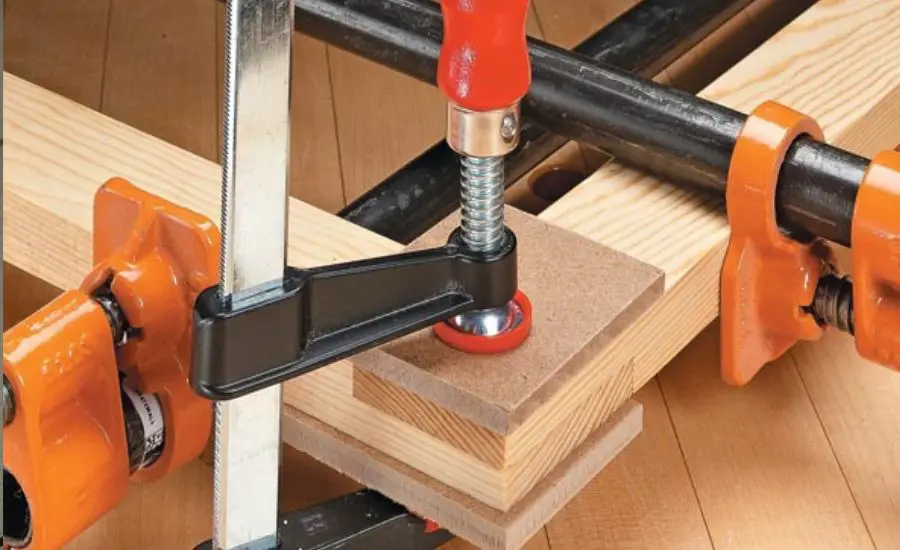
Tips on how to make wood glue dry faster
Woodworking projects can benefit greatly from using certain tips and best practices to ensure efficient bonding of wood pieces and expedite the time it takes for glue to dry.
Choosing the right wood glue to speed up the drying
Opt for wood glues specifically labeled to bond wood faster or formulated for quicker drying times, such as certain types of PVA glue (polyvinyl acetate glue like Gorilla Glue or Elmer’s Glue), polyurethane glue, hot glue, hide glue, or super glue.
Polyvinyl acetate (PVA) glues: commonly known as yellow glue or white glue, PVA wood glues are versatile and suitable for various woodworking projects.
PVA glue dries clear, has a strong bond, and is easy to clean up.
Aliphatic resin glue: also called carpenter’s glue or yellow aliphatic glue, it’s similar to PVA glue but offers a quicker drying time and higher resistance to moisture than other wood glues.
Epoxy glue: epoxy is a two-part adhesive that provides exceptionally strong bonds and is resistant to water, heat, and chemicals.
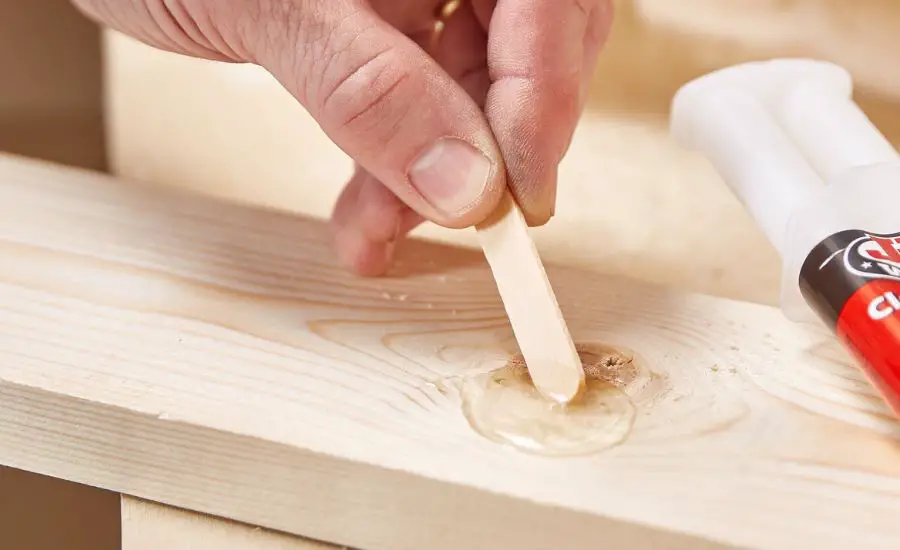
Polyurethane glue: polyurethane glue is known for its excellent water resistance and ability to bond various materials, including wood, metal, and plastics.
Polyurethane wood glue expands as it dries, filling gaps.
Polyurethane glue can be used in both indoor and outdoor applications.
Cyanoacrylate (CA) glue: commonly known as super glue or Krazy Glue, it’s a fast-drying adhesive suitable for bonding small wood pieces or repairs.
Hide glue: derived from animal collagen, particularly hide or bone materials, this traditional adhesive has been used for centuries in woodworking.
Hide wood glues are available in different strengths and formulations, such as hot glue and liquid hide glue.
It is advisable to use certain formulations that incorporate additives or accelerators to expedite the curing process without sacrificing bond strength.
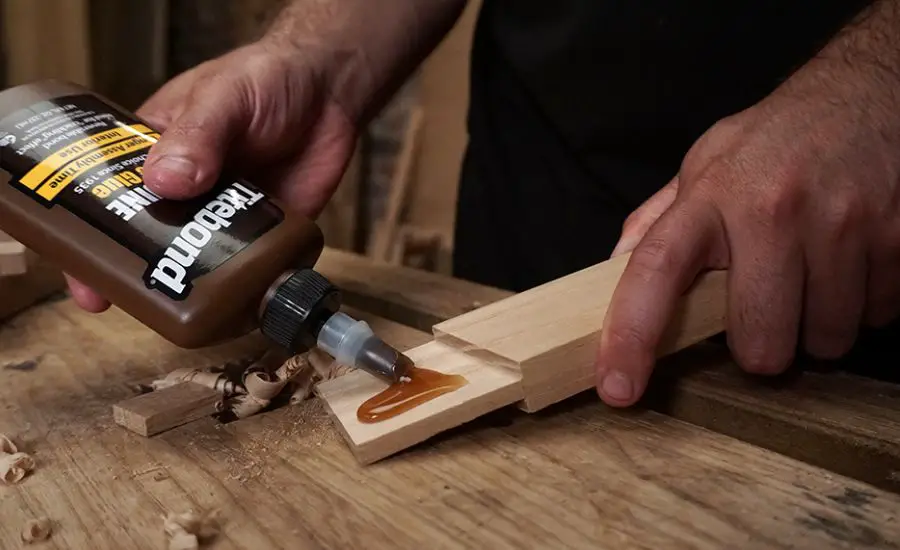
Proper application to make dry wood glue faster
To attach the wood surfaces, apply a thin layer of glue (you can use a wood glue dispenser).
For uniform application, use an appropriate applicator — such as a brush or roller — to apply the wood glue uniformly throughout the surfaces.
How to make wood glue dry faster: surface preparation
Make sure you properly clean the wood pieces to get rid of any dirt, dust, or debris before applying a thin layer.
By giving the surfaces a slightly rougher texture that allows wood glue to dry faster, moderate sanding can enhance adhesion.
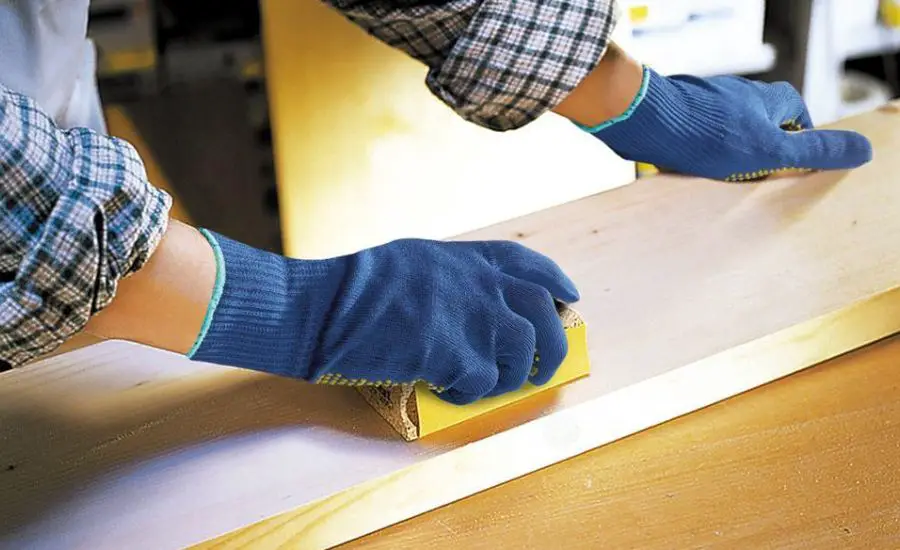
Considerations on how to make wood glue dry faster
Observe the safety instructions and safety measures that the wood glue manufacturer has provided.
Wear protective clothing, such as gloves and safety glasses, to avoid irritating your skin or eyes.
To prevent fume inhalation, work in an area with adequate ventilation, particularly when using solvent-based adhesives.
To preserve the efficacy and shelf life of wood glue, handle and store it according to the manufacturer’s instructions.

Conclusion
It is essential to speed up the drying to enhance productivity without compromising the quality of the final product.
FAQ
Can you speed up wood glue drying time?
Yes, you can use accelerators, heat application, enhanced airflow, and precise clamping to speed up the glue curing.
How long does wood glue take to dry?
Drying times vary depending on the different wood glues used and environmental conditions.
Generally, a thin layer of most wood glues takes anywhere from 30 minutes to 24 hours to dry completely.
Will heat cure wood glue faster?
Yes, drying wood glue with a moderate heat source can speed up the process by encouraging faster moisture evaporation.
To dry the glue, though, avoid using too much heat to make the glue dry as this could harm the wood or weaken the glue’s binding.
What can I add to glue to make it dry faster?
Accelerators or catalysts are additives that can be mixed with different wood glues to speed up the glue drying process, resulting in faster drying times.

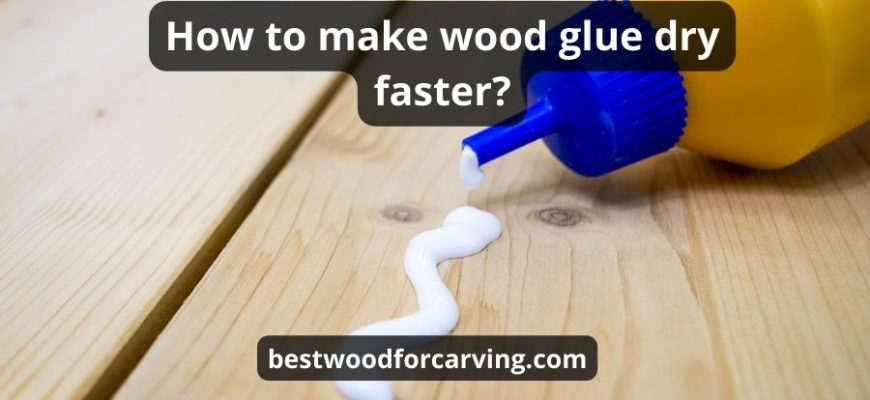
![How to Use a Countersink Bit? [A 10-Step Guide] How To Use A Countersink Bit: Top 10 Steps & Best Guide](https://bestwoodforcarving.com/wp-content/uploads/2024/07/wood-55-335x220.jpg)
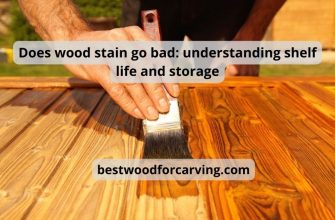




![What is a Wood Planer? [4 Types of Wood Planers] What Is A Wood Planer: Best Helpful Guide & Top Review](https://bestwoodforcarving.com/wp-content/uploads/2023/12/What-is-a-Wood-Planer-335x220.jpg)

